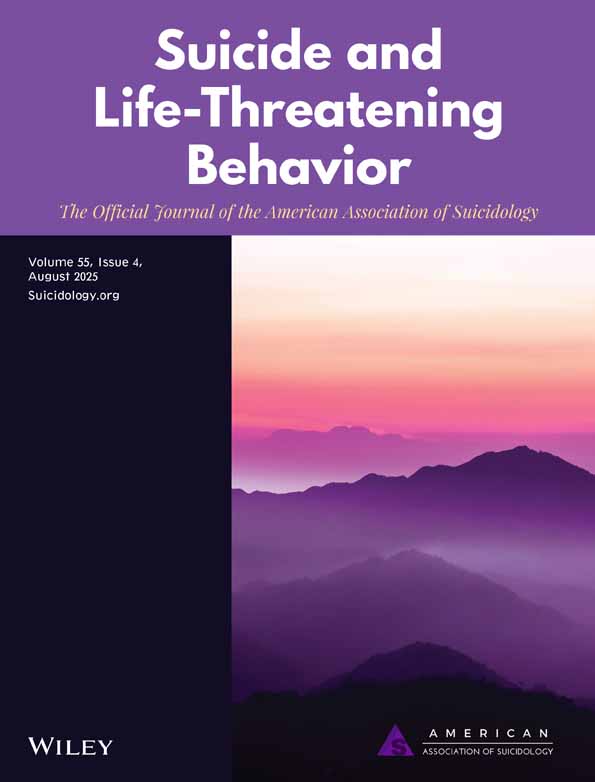Self-Harmful Behaviors in a Population-Based Sample of Young Adults
We are especially grateful to all study members and their families for their support of the self-harm study and the DMHDS. We also acknowledge all participants and colleagues who assisted us with a pilot study on self-harm prior to the conduct of the self-harm study. The self-harm study was funded by Project Grant 98/148 from the Health Research Council of New Zealand (HRC) and a Research Fellowship from the Community Trust of Otago to the first author. The Injury Prevention Research Unit (IPRU) is funded by the HRC and the Accident Compensation Corporation. We thank Sheila Williams for statistical advice, Lyn Smith (IPRU) for management of the data, and Richie Poulton (Director), Phil Silva (DMHDS founder and Emeritus Director), and investigators, interview and administrative staff, and Air New Zealand for their contributions to the overall conduct of the DMHDS.
Abstract
A birth cohort of 472 women and 494 men aged 26 years was interviewed about a range of self-harmful behaviors first and then asked about suicidal intent.-Lifetime prevalence of self-harm using traditional methods of suicide (ICD [International Classification of Diseases] self-harm) was 13%, with 9% of the sample describing at least one such episode as “attempted suicide.” Other self-harmful behaviors were common; 14% of women and 33% of men reported self-battery. ICD self-harm over the past year was reported by 3%, mostly without suicidal intent. ICD self-harm and even lesser behaviors were associated with high odds of reporting suicidal ideation. The findings suggest that studies of self-harm should include behaviors not necessarily associated with suicidal intent.




